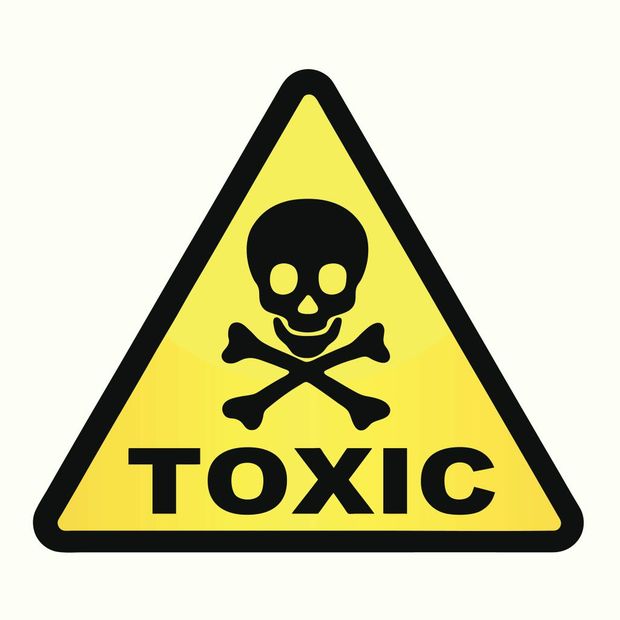 “Toxic people defy logic. Some are blissfully unaware of the negative impact that they have on those around them, and others seem to derive satisfaction from creating chaos and pushing other people’s buttons.” —Travis Bradberry
“Toxic people defy logic. Some are blissfully unaware of the negative impact that they have on those around them, and others seem to derive satisfaction from creating chaos and pushing other people’s buttons.” —Travis Bradberry
Is Your Work Environment Toxic?
A toxic work environment is like mold. It often grows hidden, slowly poisoning everyone in the organization. It can spread through your organization, your team, or your department one person at a time or it can sweep through entire segments like a toxic cloud. You can recognize a toxic work environment by a lack of trust, poor communication, negative attitudes, lack of participation in company activities, and a disengaged approach to work. So, where is it coming from?
People
One of the first places to look is to the people in the organization. This includes employees and management alike. As a leader, the tendency is to look for the employees who act like a cancer in the organization, spreading a negative attitude. But, sometimes the culprit is staring at you from across the table in an executive meeting or, quite possibly, looking back at you in the mirror every morning. Is there a toxic attitude or form of power hiding in your organization?
Structure
The management structure of your organization is another hiding place for toxicity. Structures that place too much power in the hands of few individuals lend themselves to micromanagement. Micromanagement is one of the most poisonous behaviors in an organization. Structures that support micromanagement, whether intentional or unintentional, breed a hostile work environment where no one wins.
Communication
Shhh, stop and listen. What do you hear? Is there silence, a clear sign that no one is sharing any information? Is there negative murmur, putting disengagement and poor attitudes on display for everyone else to witness? Communication is one of the first things to breakdown as your environment turns toxic. Poor communication turns into cycle of negativity that feeds on itself as your environment spins in a downward spiral.
Culture
What is the first feeling employees experience when they walk in the door each morning? Is it fear? Dread? Boredom? Your culture permeates the energy that employees encounter from the moment they walk through the door until, often, long after they leave for the day. If positive energy is not purposefully created by management, there is a good chance that your culture will turn toxic, poisoning everyone who comes into contact with it including your customers.
How Do You Stop It?
Undetected, a toxic work environment is deadly. So, how do you stop it? First you have to take your blinders off; no more walking around in denial of the danger. You need to become an encourager of people. Lifting them higher and investing in them so they can become the best they can be. Take a good look at your management structure. Is power placed so heavily that it results in toxic micromanagement? Make sure you are communicating openly and honestly. When employees see you, as a leader, demonstrating positive communication, they will learn to trust you and follow suit. What type of energy fills your halls, offices, conference rooms, and work areas? If you are not deliberately creating the positive energy that results to a great culture, you are part of the problem.
The bottom line is this: it all start or stops with leadership. Open your eyes; is your work environment toxic?
© 2016 Elizabeth Stincelli
Liz Stincelli is passionate about recognizing and inspiring the leader in each of us. She is the CEO of Stincelli Advisors where she focuses on helping organizations engage employees and improve organizational culture. Liz holds a Doctor of Management degree with an emphasis on organizational leadership.
Learn more about Liz by visiting her website, stincelliadvisors.com and connect with her on Twitter @infinitestin, Google+, and LinkedIn. You can contact her by email at stincelliadvisors@gmail.com.

Liz, your whole article makes sense and spot on. Toxic environments are deadly to the culture of an organization just as ingesting toxic substances is deadly to the physical body. As you said, the damage can be halted. The keys are admit, acknowledge, commit to resolve the issues, and act, the monitor. Like you said, leaders are responsible for making the improvements s through the cycle of change. You can’t wish for the toxicity to vanish, you have to work it out.
Jane, you always make such great points. 🙂 I appreciate your wisdom and willingness to share! Have an awesome week.
Yes, Liz, very good points so often intoxicating companies: as you say, little by little until it is too late to save situations. Thamk you for the very good hints !
I agree, Vincenzo. Thank you.